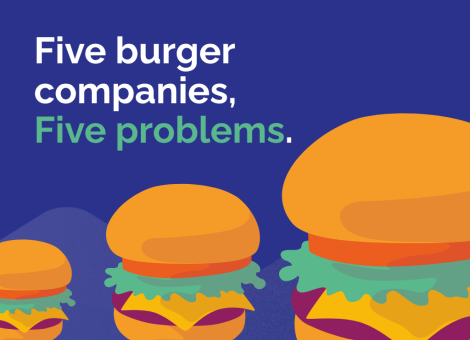Investing to protect your fuel retail network

Investing to protect a fuel retail network demands a strategic approach to assess performance and potential. From high-performing assets with limited growth to underperforming sites requiring intervention, each category necessitates careful consideration. Let’s dig into some general knowledge that fuel retailers must take to protect their fuel networks.
Assessing site performance:
In our analyses, we categorize sites based on their performance and potential. These categories include:
- Low potential/high performance: Sites in this category exhibit high performance despite having limited growth potential due to limited competition. Retaining such sites is advisable.
- High potential/high performance: These sites possess both high performance and growth potential, making them valuable assets to prioritize for further investment.
- Low potential/low performance: Sites in this category struggle with both low performance and growth potential. Divestment or closure are typically considered for these underperforming sites.
- High potential/low performance: Sites with high growth potential but low performance requires strategic intervention to unlock their full potential.
Rationalization through divestment or closure:
In a worst-case scenario, a site with low potential and low performance where financial viability and adherence to HSE standards are crucial considerations. The decision to divest or close such sites hinges on two main factors, including:
Financial viability: If the cost of maintaining a site outweighs its profitability, divestment or closure becomes a viable option. This is especially pertinent when addressing health and safety risks associated with neglected sites.
And
Supply and cost to serve constraints: Sites with high delivery costs may further erode profitability, prompting considerations for closure or divestment.
Importance of asset management:
Strategic asset management, including asset swaps or market consolidation tools, offers opportunities for rationalization. By optimizing portfolios and partnerships, businesses can enhance operational efficiency and profitability while avoiding other, often expensive, defensive strategies.
Prioritizing health, safety, and environmental compliance:
Closing or divesting from underperforming sites not only ensures financial viability but also mitigates health, safety, and environmental risks. Neglected sites not only degrade brand reputation but also pose potential hazards to the surrounding community.
Investing to protect underscores the significance of strategic decision-making in maintaining a resilient business network. By prioritizing minimal capital expenditure, adhering to HSE standards, and rationalizing underperforming sites, businesses can fortify their positions in competitive markets.
Read more articles about:
Location intelligenceSubscribe and get the latest updates
You may unsubscribe from our mailing list at any time. To understand how and why we process your data, please see our Privacy & Cookies Policy
Related resources
Location intelligence
Five burger companies, five problems
These burger brands had challenges from international growth to understanding franchise locations cannibalization,...

Location intelligence
Market Optimizer: Demo video
Market Optimizer allows users to strategically grow their network in existing markets while balancing revenue...


